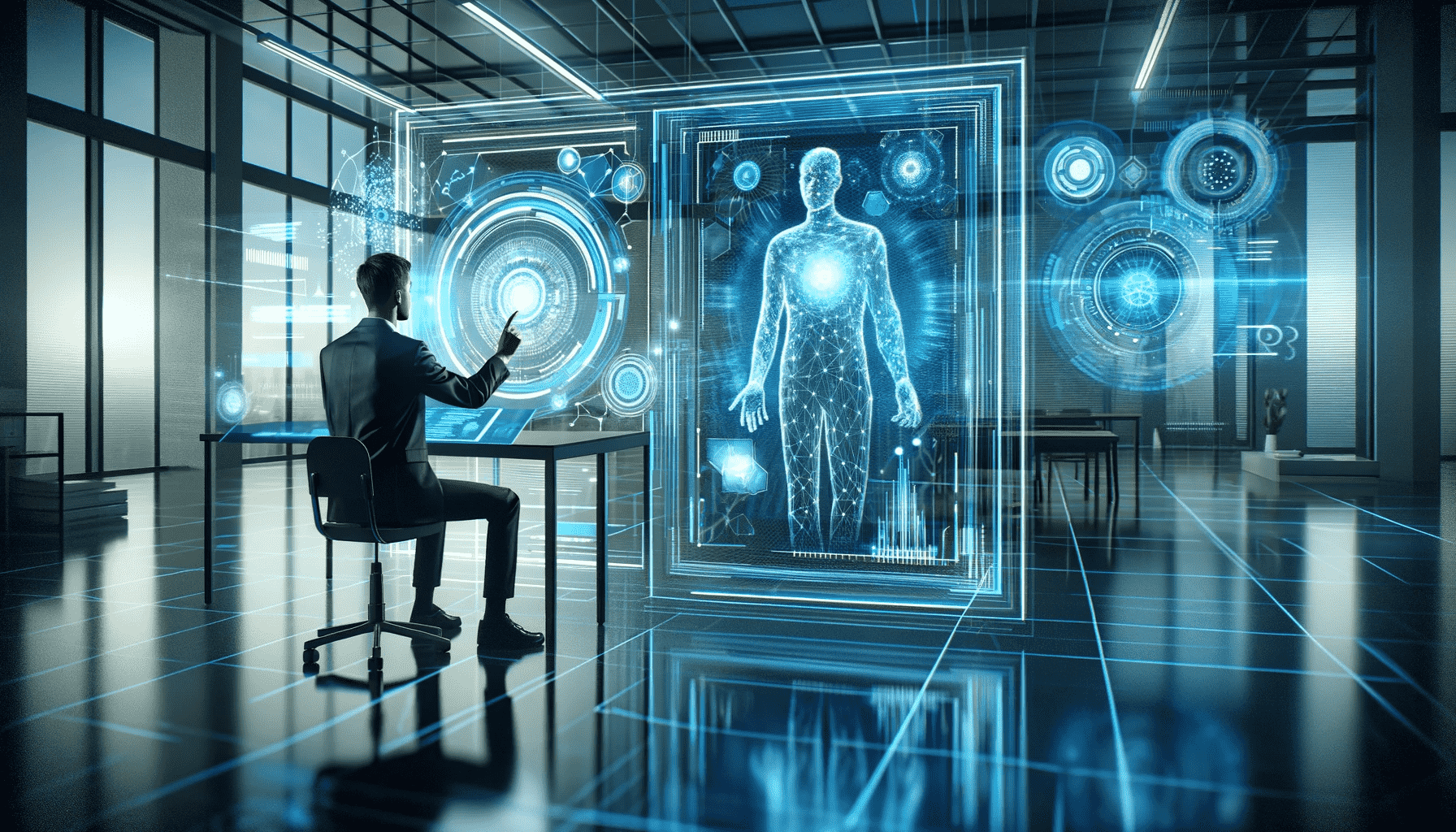Language processing has come a long way in recent years, and one of the most exciting advancements is the development of GPT (Generative Pre-trained Transformer). GPT is a state-of-the-art language model that has revolutionized the field of natural language processing.
So, what exactly is GPT? GPT is a deep learning model that uses a transformer architecture to process and generate human-like text. It is trained on a massive amount of data, including books, articles, and websites, to learn the patterns and structure of language. This pre-training phase allows GPT to understand the nuances of grammar, context, and semantics.
One of the key features of GPT is its ability to generate text that is coherent and contextually relevant. It can understand and respond to prompts, making it highly versatile and adaptable. For example, you can give GPT a few sentences and ask it to complete the paragraph in a specific style or tone.
GPT has a wide range of applications across various industries. It can be used to generate content for websites, social media posts, and marketing materials. It can also assist in writing emails, creating chatbots, and even composing music. The possibilities are endless!
However, it’s important to note that GPT is not perfect. It can sometimes produce text that is factually incorrect or biased, as it relies solely on the data it was trained on. It’s crucial to review and verify the output generated by GPT to ensure accuracy and avoid spreading misinformation.
In conclusion, GPT is a groundbreaking language model that has the potential to transform the way we interact with computers and process language. Its ability to generate human-like text opens up a world of possibilities for content creation and communication. As technology continues to advance, we can expect GPT to evolve and become an indispensable tool in various industries.
